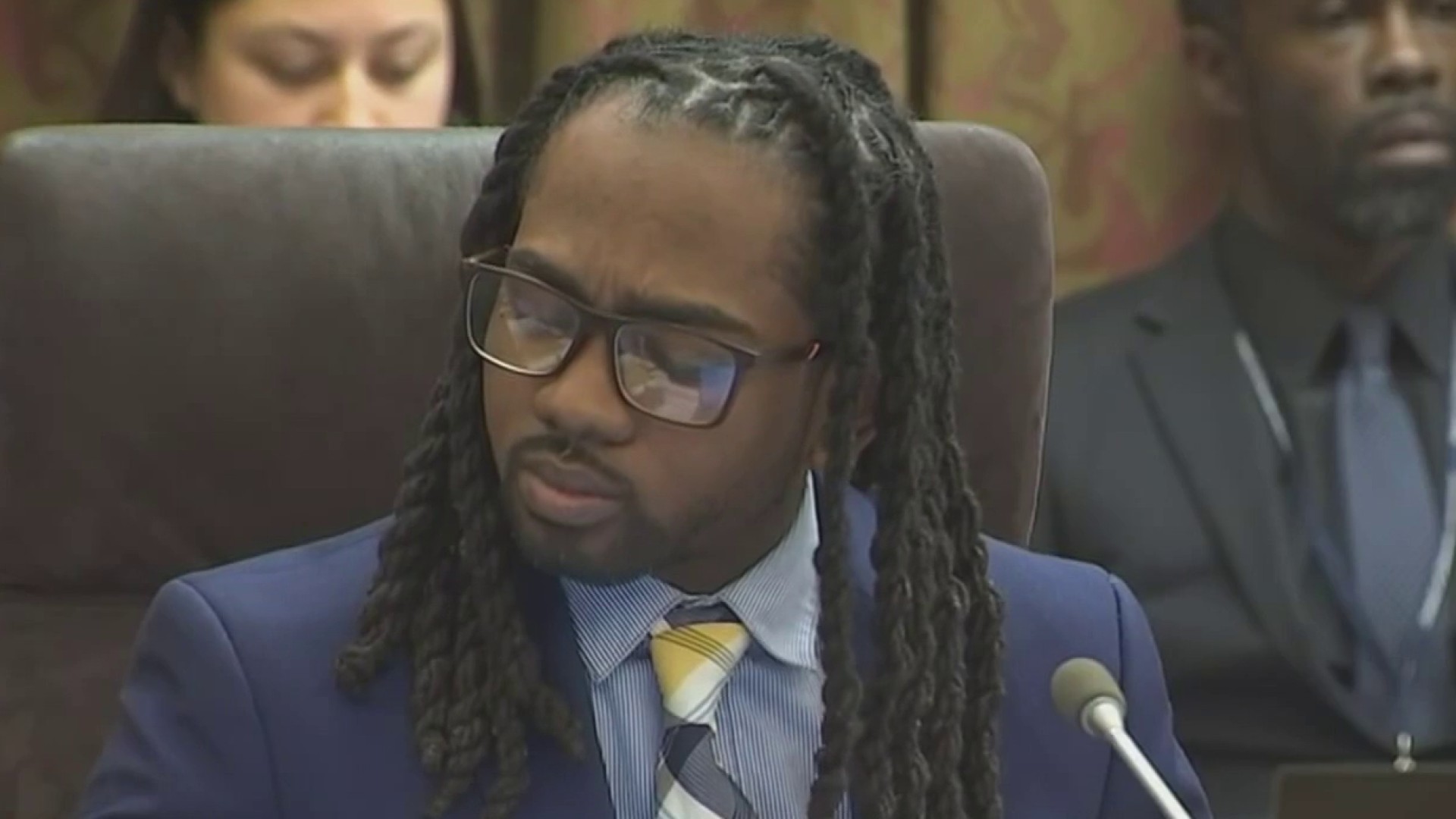Dawn Guevara recently gave News4 a tour of her nearly 290-year-old home in Elkton, Maryland.
"The house was built in the 1730s," she said while walking through. "At one point, this was just a dirt floor."
The Fair Hill Home is set on seven acres and was once owned by Thomas Garrett Jr., an abolitionist and contemporary of Harriet Tubman. The family believes the house was part of the Underground Railroad.
When Guevara and her sister Kenevy first toured the house 13 years ago, there was no running water and no electricity. The windows and foundation — almost all original — were crumbling. But they knew it would be the project of a lifetime.
"I was getting pretty excited about it," Guevara said.
Their husbands had to be convinced, however.
"I knew how much work it was going to be," Leo Guevara said.
Local
Washington, D.C., Maryland and Virginia local news, events and information
But what sealed the deal for the husbands was the fact they'd never have to pay a mortgage, thanks to Maryland's Resident Curatorship Program, which offers residents the right to a lifetime tenancy in a historic property for just $1 a year.
Curators also never have to pay property taxes.
But, like most things in life, living at these historic homes is far from free. Whoever agrees to the deal is on the hook for all of the home's renovations.
"Houses that we're listing in our program are not going to be in habitable condition when you sign your lease agreement. So they're going to need everything from septic improvements, wells, structural work. They're going to take a lot. And because they are historic properties, and the purpose of the program is to preserve historic places," said Peter Morrill, Maryland's curator program manager.
Morrill said the program is not for the faint of heart.
"It takes a certain kind of person," he said.
Despite being a residential contractor, Leo Guevara took two years to agree to take on the Fair Hill Home project.
Curators have to commit to spending at least $150,000 on repairs, but Morrill said most can expect to spend closer to $300,000.
"We had to talk to engineers about certain structural work on the inside, and ... figuring out how to get the drainage to get away from the foundation and stop ruining the framing in the basement," Leo Guevara said.
According to the two families, they have surpassed the $200,000 budget, but they say it still makes sense to them when they crunch the numbers.
"If you buy a house for $400[,000] or $500,000 ... in 30 years, you're going to pay a million and a half with interest, taxes and all that. If we can put up the $200[,000] to $250[,000] to put this house back together for the next three years, it's a $1 million windfall," Leo Guevara said.
But once the lease holder dies or they no longer can live at the property, the home – along with all improvements the curators paid for – returns to the state.
The couples said they're OK with that, because it was never about the money.
"It is kind of neat to feel like, you know ... this could be here for another 100 years because of us, you know? And, you know, somebody else will take our, our spot and hopefully continue that."
Maryland isn’t the only location to offer such a program. Fairfax, Virginia, has a similar program — as do Delaware and Massachusetts.
However, properties are limited. Currently, Maryland doesn’t have any other properties available. When it does, prospective curators will need to submit a proposal and a personal financial statement with the state's Department of Natural Resources.



